The Grand Tour
For young Englishmen in particular, the Grand Tour of France and Italy was an integral part of their education. The journey lasted at least six months, but could easily last more than two years. Most young people undertook this journey not only to immerse themselves in classical European civilization, but also to have as much fun as possible. The point was to have as much fun as possible before having to assume the social role for which they were predestined. Originally, these trips were mainly reserved for high society, but from the second half of the 18th century onwards, the character of the Grand Tour changed, and women, families, and older Europeans increasingly ventured out on the journey.
Souvenirs:
Travelers often kept diaries that were eagerly read by the people of their countries. But the souvenirs brought back to France and Italy also helped to introduce the general public to classical culture and its main attractions. At the end of the 18th century, souvenirs from the excavations at Herculaneum and Pompeii were particularly sought after: original pottery, gold jewelry, and bronze objects were transferred en masse to England, where they found their way into the grand country houses of the British nobility. For slightly less wealthy travelers, there were intaglios, veneered medallions with depictions of ancient ruins and historical figures that were actively collected. Condition: The intaglios and the frame are in excellent condition.











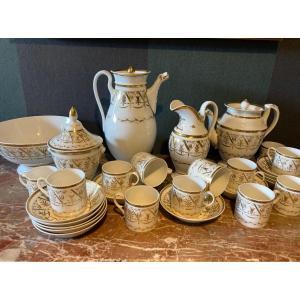



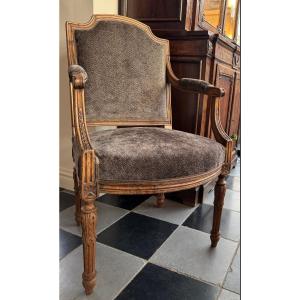
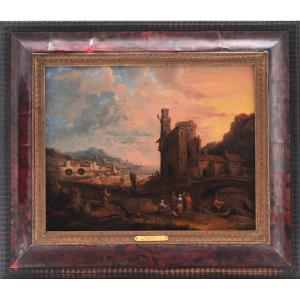



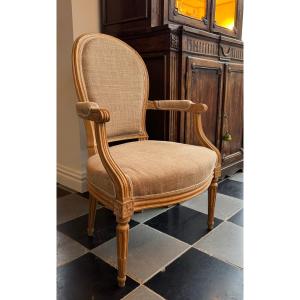

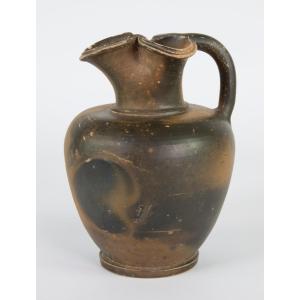


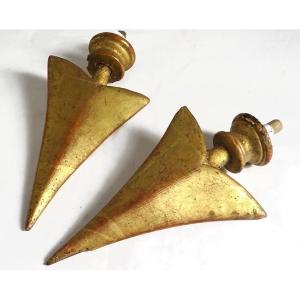
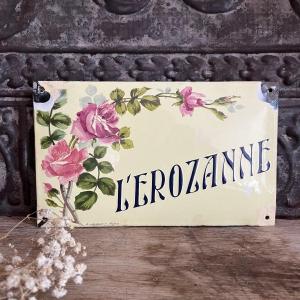




 Le Magazine de PROANTIC
Le Magazine de PROANTIC TRÉSORS Magazine
TRÉSORS Magazine Rivista Artiquariato
Rivista Artiquariato